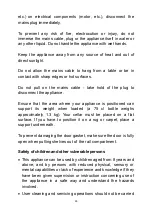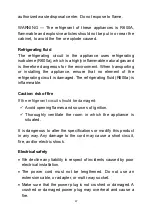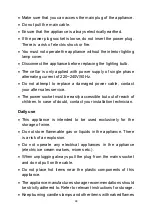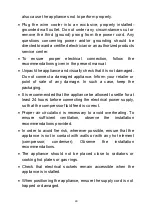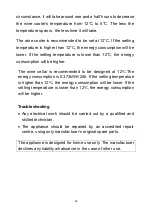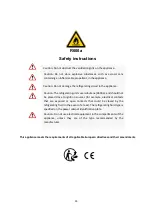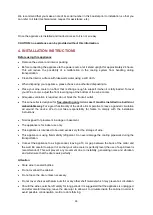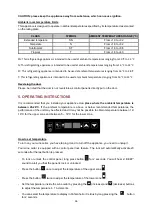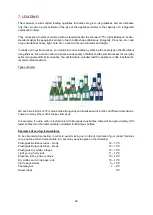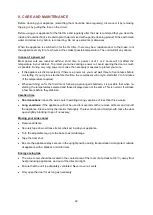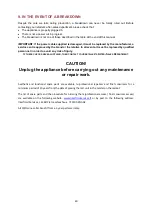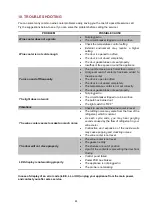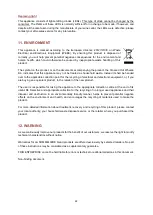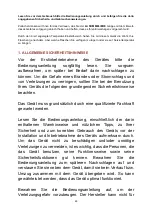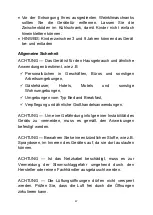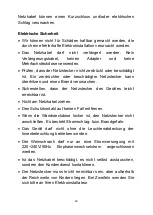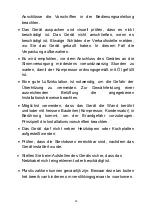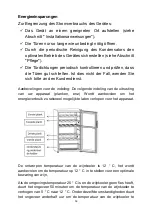
38
7. LOADING
The maximum recommended loading quantities for bottles are given as guidelines and are indicative
only; they provide a quick estimate of the size of the appliance (similar to the capacity of a refrigerator
expressed in liters).
They correspond to tests conducted with a standard bottle: the standard “75 cl light Bordeaux” bottle -
standards apply the geographical origin of each bottle shape (Bordeaux, Burgundy, Provence, etc.) and
a type (traditional, heavy, light, flute, etc.), each with its own diameter and height.
In reality and in extreme cases, you could store more bottles by stacking the same type of bottle without
using shelves, but a varied cellar comprises a wide variety of bottles and the practical aspect of everyday
cellar management limits its capacity. You will therefore probably load the appliance a little less than the
recommended maximum.
Types of bottle:
We see here 4 kinds of 75 cl wine bottles: Burgundy and Bordeaux wine bottles of different dimensions.
There are many others of all shapes and sizes.
For example, if a wine cellar is loaded only with Burgundy wine bottles, there will be approximately 30%
fewer bottles than the initial quantity calculated for Bordeaux bottles.
Examples of serving temperatures
To be observed when tasting, in order to avoid missing out on the rich aromas of your wines! Opinions
vary, and the ambient temperature too, but many people agree on the following:
Prestigious Bordeaux wines – Reds
16 – 17°C
Prestigious Burgundy wines – Reds
15 – 16°C
Prestigious dry white vintages
14 – 16°C
Light, young, fruity reds
11 – 12°C
Provence rosés, primeur wines
10 – 12°C
Dry whites and vin de pays reds
10 – 12°C
Vin de pays whites
8 – 10°C
Champagnes
7 – 8°C
Sweet wines
6°C

